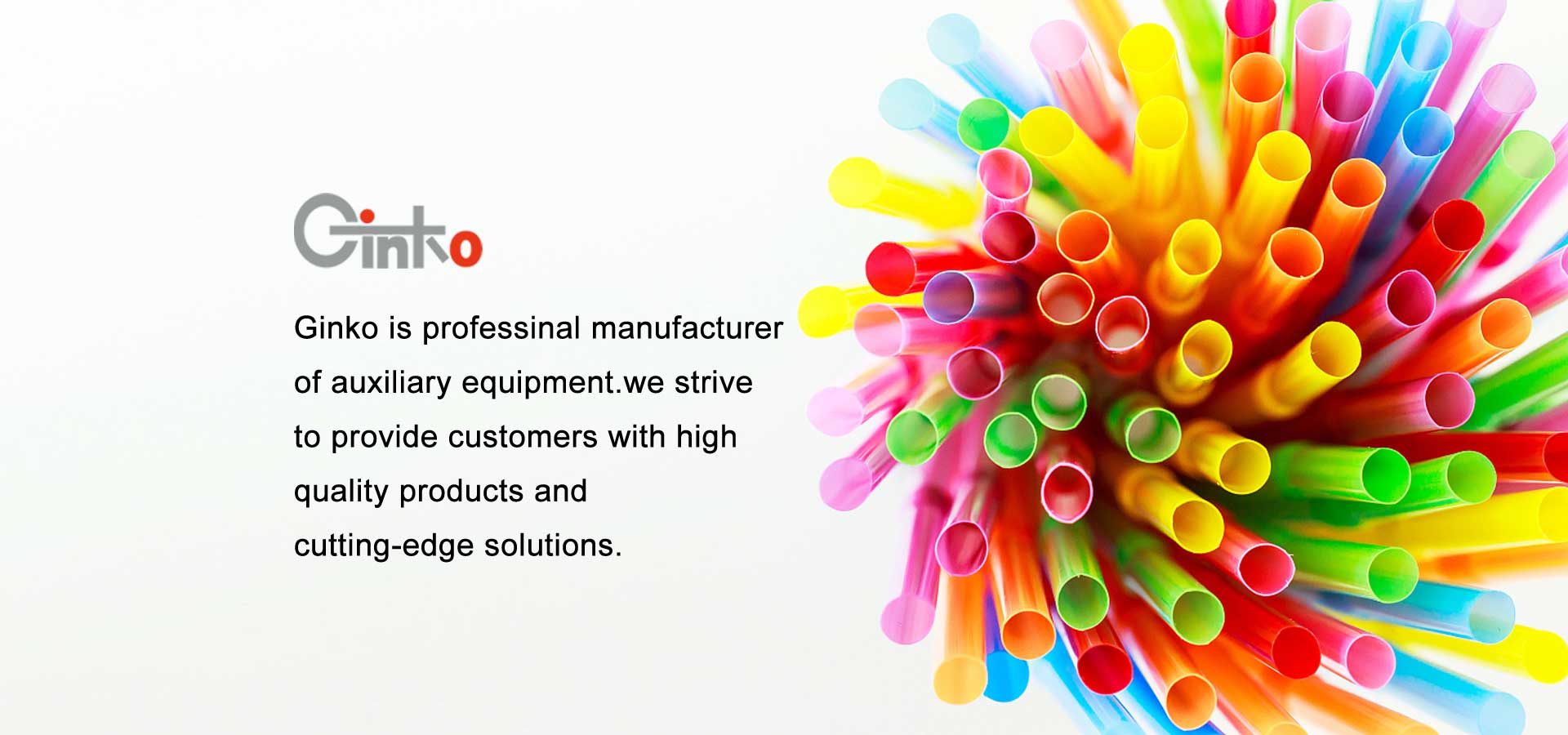Benefit analysis using dehumidifying dryer
2018-07-02
The use of a dehumidifying dryer has the following benefits:
First, the moisture in the plastic material can be taken away to eliminate the generation of air bubbles, so that the product can achieve the desired mechanical, electrical, dimensional stability and appearance.
Second, it can prevent the production of defective products and return loss, and reduce the production of waste.
Third, because the dehumidifying dryer uses a very dry air to perform the dehumidification work, it can shorten the baking time and save man-hours.
Fourth, the dehumidifying dryer uses a closed-loop system for the air lines and is equipped with a filter, so it is not affected by external weather, and it can prevent dust from causing pollution in the factory and improve the working environment. A good determinant of drying efficiency is: Drying Temperature, Residence Time, Air Flow, and Dew Point. These four factors are interlocking and change in any one condition. Can affect the drying effect.
Fifth, the drying temperature refers to the temperature of air entering the drying tank. Each raw material has certain limitations due to its physical properties, such as molecular structure, specific gravity, specific heat, moisture content, etc., when the temperature is too high. Some of the additives in the raw materials are volatilized or agglomerated. Too low will make certain crystalline materials unable to reach the desired drying conditions. For example: PC/120°C, ABS/80~95°C. In addition, the insulation of the dry barrel is required for insulation to avoid the loss of the drying temperature, resulting in insufficient drying temperature or wasted energy.
Sixth, the drying time refers to the time for which the raw material is pre-dried before it is formed. If the drying time is too long, the raw material may be degraded or agglomerated or energy may be wasted. If the drying time is too short, the moisture content may be too high. For example: PC/3-4 hours, ABS/3-4 hours.
Seventh, air volume is the only medium that removes water from raw materials. The amount of air volume will affect the effectiveness of dehumidification. Too much air volume will cause the return air temperature to be too high, causing overheat and dew point stability. If the air volume is too small, the moisture in the raw material cannot be completely removed. The air volume also represents the dehumidification capacity of the dehumidifying dryer.
Eighth, the dew point temperature refers to a unit that measures the degree of dryness (wetness) of a gas when the gas is cooled to a temperature that condenses the contained moisture into droplets. The less moisture in the gas, the lower the dew point temperature. A good dehumidification dryer dew point must be able to reach a dew point temperature of -40°C.
The 7 points listed above are the reason why the dehumidifying dryer gradually replaced the conventional hot air dryer. After all, using a desiccant dryer has so much to do with it.
First, the moisture in the plastic material can be taken away to eliminate the generation of air bubbles, so that the product can achieve the desired mechanical, electrical, dimensional stability and appearance.
Second, it can prevent the production of defective products and return loss, and reduce the production of waste.
Third, because the dehumidifying dryer uses a very dry air to perform the dehumidification work, it can shorten the baking time and save man-hours.
Fourth, the dehumidifying dryer uses a closed-loop system for the air lines and is equipped with a filter, so it is not affected by external weather, and it can prevent dust from causing pollution in the factory and improve the working environment. A good determinant of drying efficiency is: Drying Temperature, Residence Time, Air Flow, and Dew Point. These four factors are interlocking and change in any one condition. Can affect the drying effect.
Fifth, the drying temperature refers to the temperature of air entering the drying tank. Each raw material has certain limitations due to its physical properties, such as molecular structure, specific gravity, specific heat, moisture content, etc., when the temperature is too high. Some of the additives in the raw materials are volatilized or agglomerated. Too low will make certain crystalline materials unable to reach the desired drying conditions. For example: PC/120°C, ABS/80~95°C. In addition, the insulation of the dry barrel is required for insulation to avoid the loss of the drying temperature, resulting in insufficient drying temperature or wasted energy.
Sixth, the drying time refers to the time for which the raw material is pre-dried before it is formed. If the drying time is too long, the raw material may be degraded or agglomerated or energy may be wasted. If the drying time is too short, the moisture content may be too high. For example: PC/3-4 hours, ABS/3-4 hours.
Seventh, air volume is the only medium that removes water from raw materials. The amount of air volume will affect the effectiveness of dehumidification. Too much air volume will cause the return air temperature to be too high, causing overheat and dew point stability. If the air volume is too small, the moisture in the raw material cannot be completely removed. The air volume also represents the dehumidification capacity of the dehumidifying dryer.
Eighth, the dew point temperature refers to a unit that measures the degree of dryness (wetness) of a gas when the gas is cooled to a temperature that condenses the contained moisture into droplets. The less moisture in the gas, the lower the dew point temperature. A good dehumidification dryer dew point must be able to reach a dew point temperature of -40°C.
The 7 points listed above are the reason why the dehumidifying dryer gradually replaced the conventional hot air dryer. After all, using a desiccant dryer has so much to do with it.





